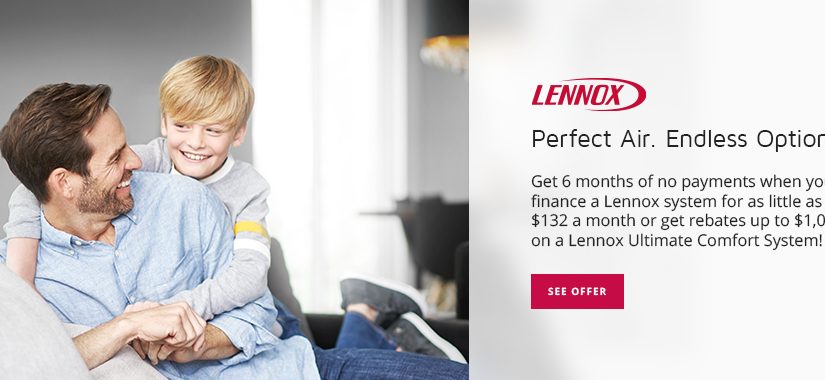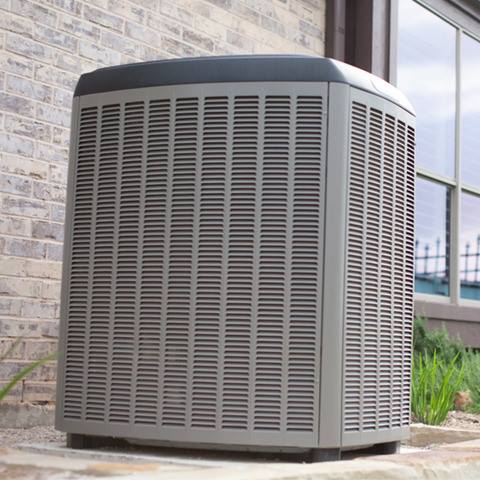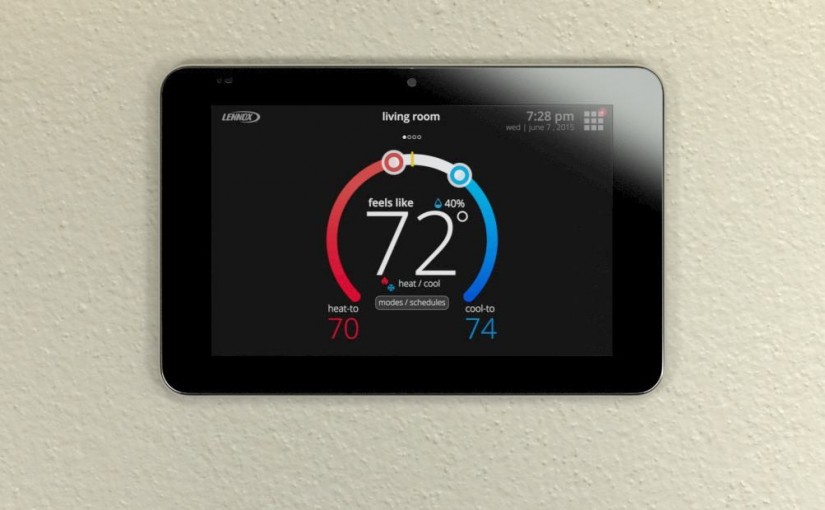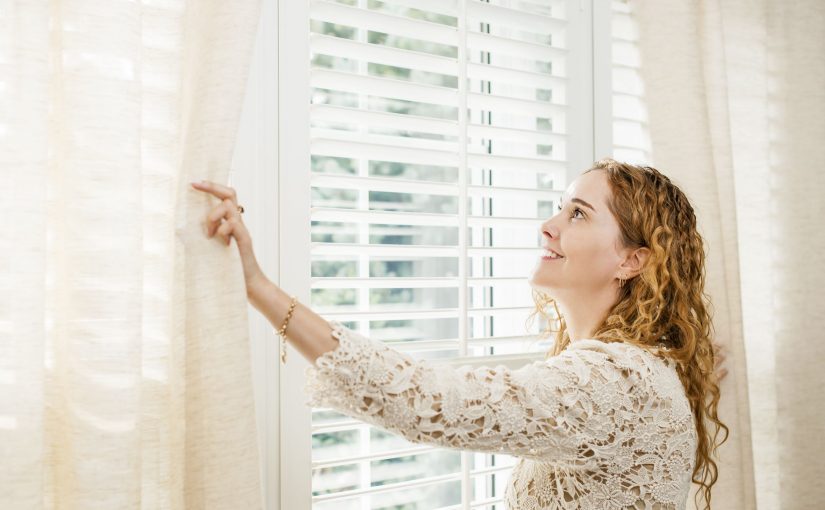Spring is here (technically, despite what the weather has decided to do of late). Still, warmer weather will be here sooner than later so now is a good time to make sure you’re ready for it! Many homeowners jump into action with some spring cleaning. In 2020, more than three-quarters (78 percent) of households did a little tidying up, according to the American Cleaning Institute. Homeowners prioritized the bedrooms, closets, and kitchens, eliminating dirt, odors, or asthma and allergy triggers like mold and dust.
From deep cleaning to a quick spruce-up, you can take some steps now to welcome the return of warm weather and prepare your home for rising temperatures. Here are a few ways to get your home back in shape well in advance of the season’s first heatwave.
1. Inspect Your Weather Stripping
Winter can take a toll on your house. Look for any post-winter gaps in the weather stripping around your doors and tighten any hinges that may have loosened in the shifting temperatures.
2. Gear Up For Time Outdoors
As the weather warms up, homeowners often head outside to enjoy the pleasant temperatures. If a backyard cookout is calling your name, make sure your grill is in good working order and positioned at least 10 to 15 feet away from your home. Check your deck, patio, and porch for anything that may have been damaged over the winter. Before your kids join the fun, check to make sure treehouses, trampolines, and playsets are stable.
3. Address Your Attic
Take some time before the weather heats up to inspect your attic. Look for signs of animals that may have found their way in and seal any holes. Check your insulation for any wet spots, which may indicate a leak, and consider adding additional insulation for the warmer season ahead.
4. Get Your Cooling System Ready
When temperatures begin to rise, an efficient AC system is crucial to maintaining a comfortable home environment with good indoor air quality. Pair your system with a smart thermostat like the iComfort® S30 to monitor the air quality and pollen levels in your area. Be sure to check your system’s vents inside and outside for any blockages and test it to make sure it’s working properly. Now’s also a good time for preventative maintenance to prepare your HVAC system for the cooling season ahead. Call Air Handlers to schedule an inspection for your system before the temperatures start climbing.
5. Let The Sunshine In
Wash away the remnants of winter’s snow and ice by thoroughly cleaning your home’s windows. Use a multipurpose cleaner on your frame, windowsill, and hardware, and wipe clean. For a streak-free finish, use a microfiber cloth or even a newspaper. Just make sure to wash your windows on a cloudy day. Otherwise, the sun may dry your solution too soon, leaving your window with streaks.







